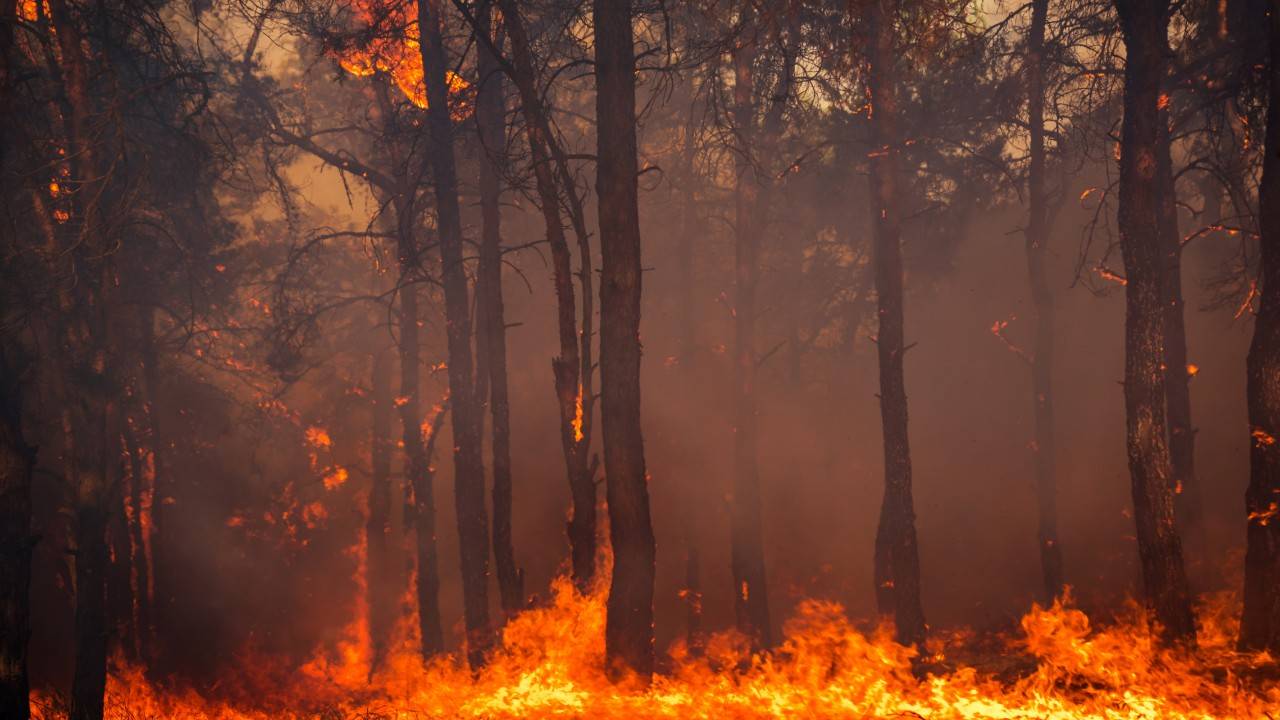Technology is revolutionizing the battle against wildfires. Satellites and algorithms now play a critical role in early detection and predicting fire spread. Recent years have seen wildfires cause widespread devastation globally, fueled by climate change. This has led to drier landscapes and stronger winds, escalating fire risks.
A 2022 United Nations report forecasted a potential 50% increase in wildfires by 2100. It highlighted a lack of preparedness in many governments. These fires not only destroy wildlife and claim lives but also contribute significantly to global warming. The bushfires in Australia during 2019-2020, for instance, released over 400 megatons of CO2. This exacerbates the cycle of increasing temperatures and fire risks.
Wildfires also have a substantial economic impact. A study by the Joint Economic Committee Democrats revealed they cost the U.S. economy up to $893 billion annually. This includes insurance payouts, reduced real estate values, and income losses.
Pano AI, a California-based “firetech” startup, is addressing these challenges. It uses mountaintop cameras to capture data for real-time wildfire detection. This data helps fire authorities quickly contain new ignitions.
The company’s CEO, Sonia Kastner, explained their AI algorithm to The Ethical Corporation. It identifies early smoke signs and uses a bounding box to highlight potential fire ignitions. Pano employs object detection AI to differentiate smoke from other phenomena. Analysts review these detections to eliminate false positives, enabling swift response to confirmed fires.
Munich-based OroraTech offers a different approach, utilizing satellites for fire detection. Last year, it launched low-level satellites to improve fire spotting from space. Orora’s research engineer, Christian Molliere, contrasts these with geosynchronous satellites. The latter have longer image return times and face limitations in coverage and cloud interference.
Orora’s satellites use thermal infrared sensors to detect heat emissions signaling potential wildfires. Their technology enables rapid broadcasting of this information, enhancing immediate response capabilities.
The company aims to revisit every spot on earth every 12 hours, eventually reducing this to 30 minutes. OroraTech’s technology proved valuable in Chile’s wildfires last year. It helps in prioritizing responses to multiple fires by providing a comprehensive overview.
State-owned organizations, utilities, forestry companies, and paper manufacturers are adopting OroraTech’s system. Molliere believes space-based fire detection is the most scalable solution.
OroraTech is also developing predictive AI technology, Fire Spread. This considers weather, fuel availability, and elevation data to predict fire spread paths. These technological advancements are crucial in the ongoing global fight against wildfires.
More inspiring green news similar to this:

